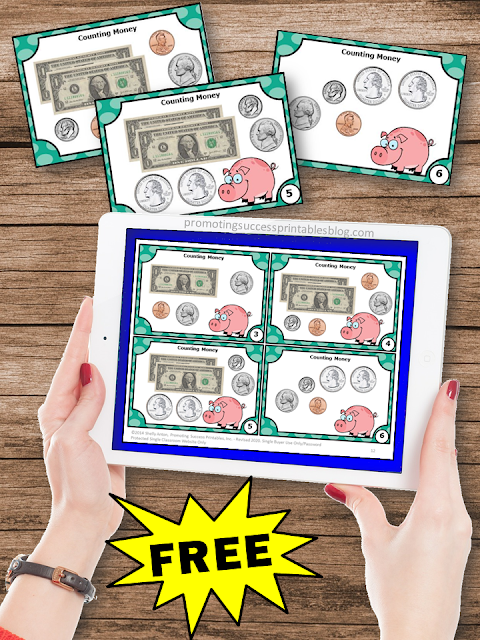Welcome!
While I usually focus on sharing educational content for teachers, today I want to speak directly to parents. If you’re a teacher, don’t worry—this resource is also perfect for strengthening your parent-school connections!
The Ultimate Daily Guide to Boost Your Child's Self-Esteem
Discover the Power of Small Actions in Building Your Child's Confidence
Self-esteem plays a critical role in shaping your child's happiness, resilience, and overall success. As parents and educators, we all want to nurture confident, capable children who believe in their worth. The good news? Building self-esteem doesn’t require elaborate plans or time-consuming strategies. It’s the small, intentional actions we take every day that have the most significant impact.
What Is Self-Esteem and Why Is It So Important?
Self-esteem refers to a child’s sense of self-worth and confidence in their abilities. It’s what helps them tackle challenges, form meaningful relationships, and bounce back from setbacks. Healthy self-esteem equips kids with the tools they need to navigate life’s ups and downs with optimism and perseverance.
When a child struggles with low self-esteem, they may experience feelings of inadequacy, anxiety, or frustration. These feelings can impact their academic performance, friendships, and emotional well-being. That’s why fostering a positive sense of self is one of the most valuable gifts we can give our children.
Why Small Actions Have Big Results
Small, intentional actions are the foundation of healthy self-esteem. Children are highly receptive to the environment around them, and even the smallest gestures can leave a lasting impact. Here’s why:
1. Repetition Builds Belief
When children consistently hear positive affirmations and experience encouragement, it reinforces their internal belief system. Daily positive interactions build a strong sense of self-worth over time.
2. Actions Speak Louder Than Words
Kids learn through observation. Small acts of kindness, acknowledgment, and support show them they are valued and loved. These actions create a safe space where they feel confident to express themselves.
3. The Cumulative Effect
While a single compliment or moment of connection may seem minor, these actions add up. Over weeks and months, these consistent efforts create a ripple effect, shaping how your child views themselves and their capabilities.
4. Encouragement Fuels Resilience
Small daily actions provide the foundation for emotional resilience. By showing children they are capable and supported, you empower them to face challenges with confidence.
Download Your Daily Checklist to Boost Your Child’s Self-Esteem
To help you implement these strategies with ease, I’ve created a Daily Guide to Building Your Child’s Self-Esteem Checklist. This resource has easy to implement actionable steps and reminders that make building self-esteem simple and effective.
Whether you’re a busy parent or an educator sharing resources with families, this checklist provides the structure you need to make a big difference in little ways.
You can download it now from my Teachers Pay Teachers store and start seeing the positive impact these small actions can have on your child’s life.
Please click HERE to head to my TPT store.




















